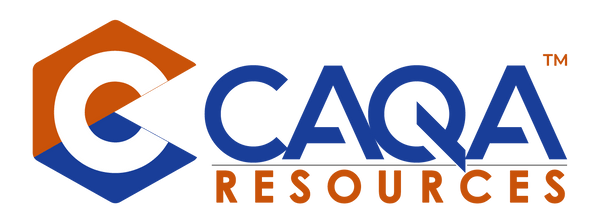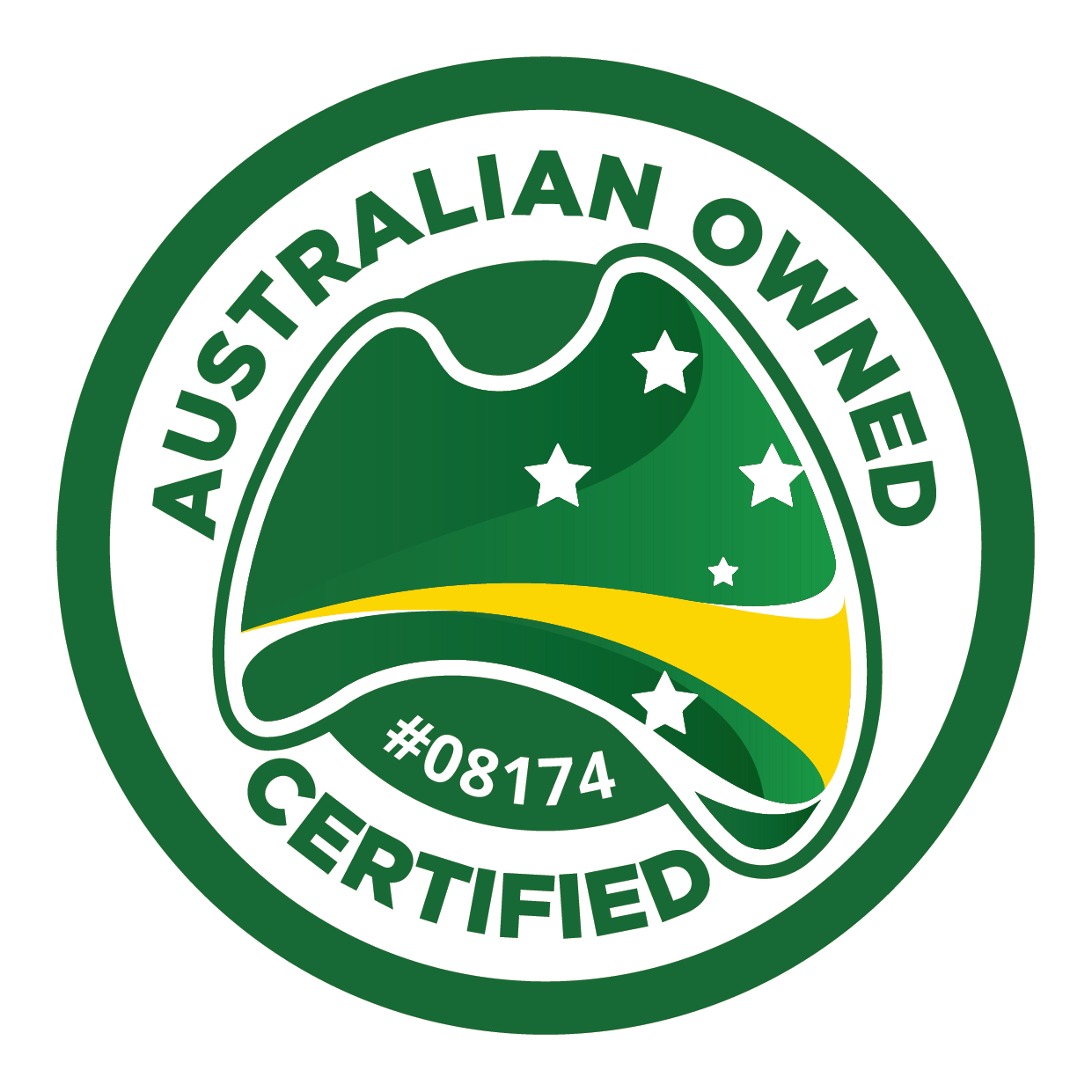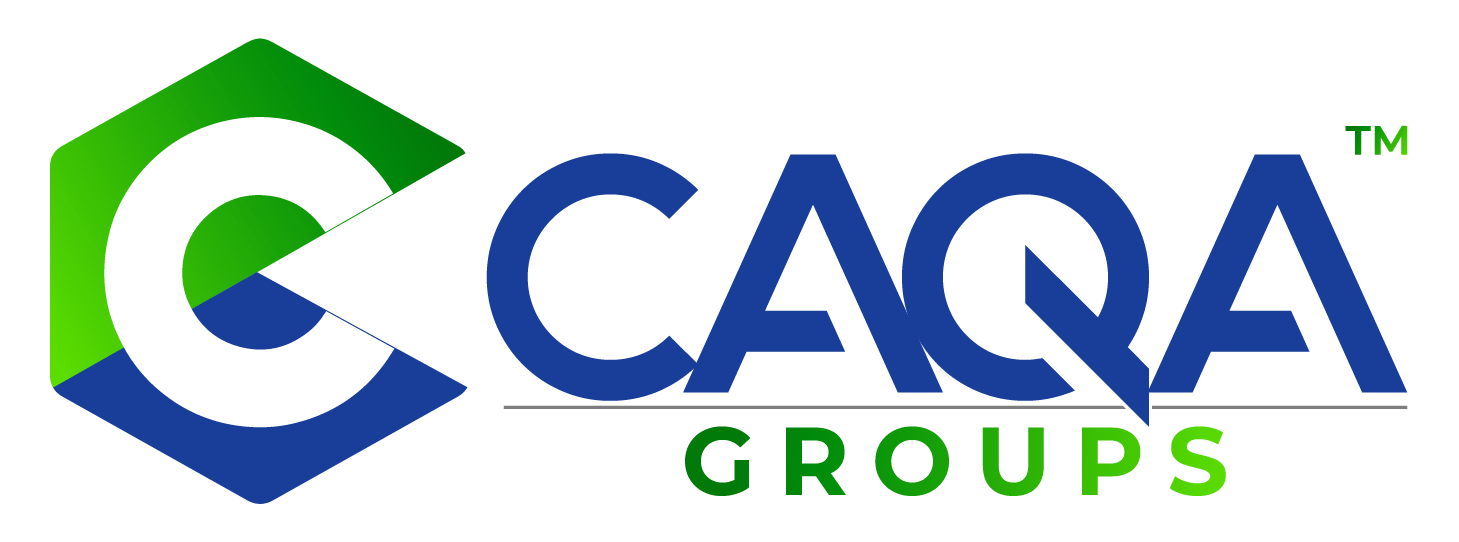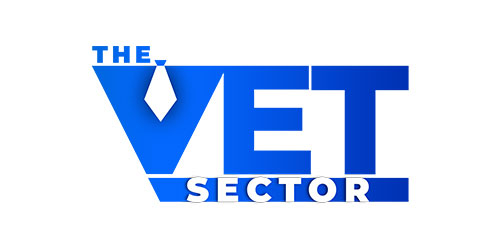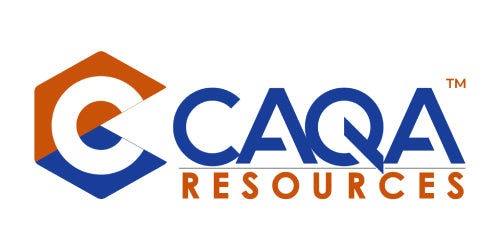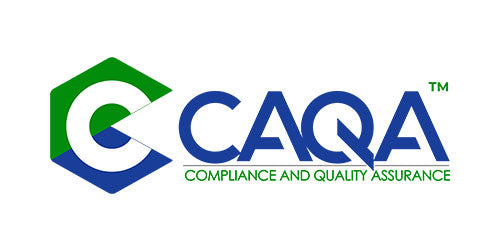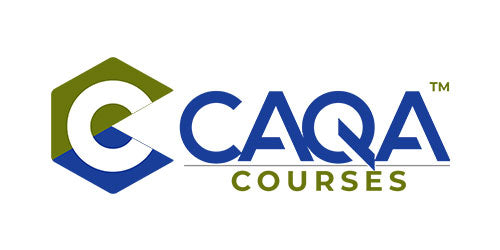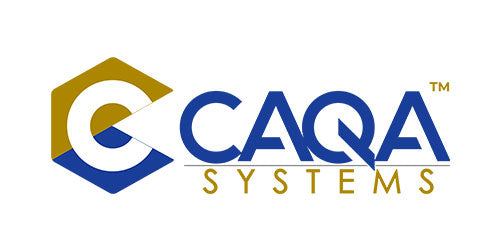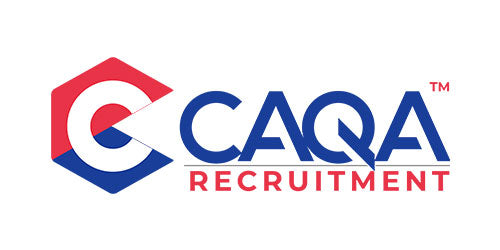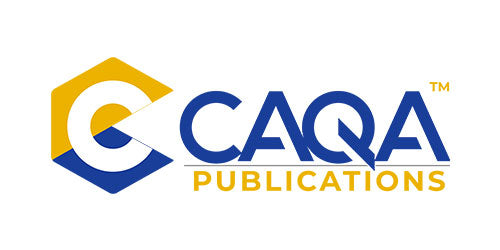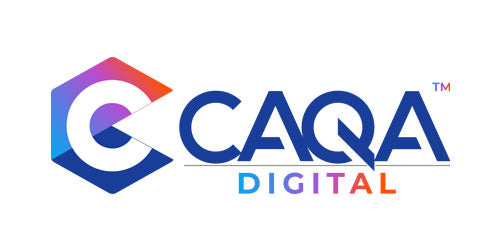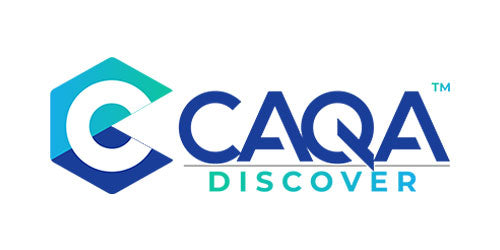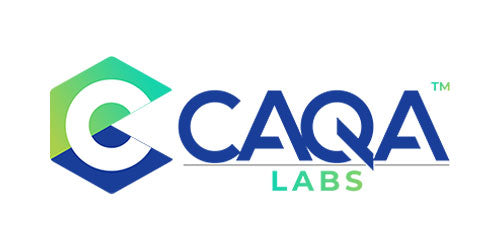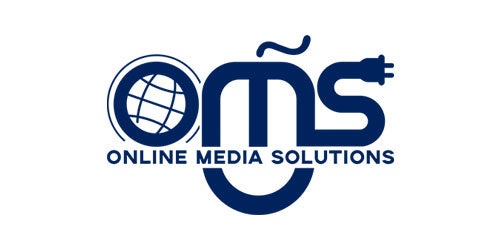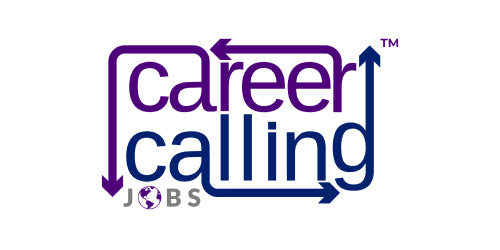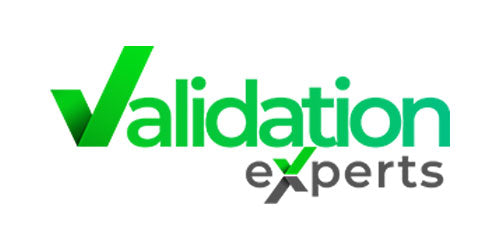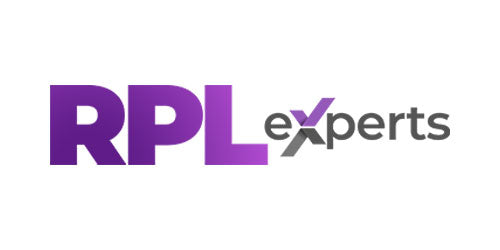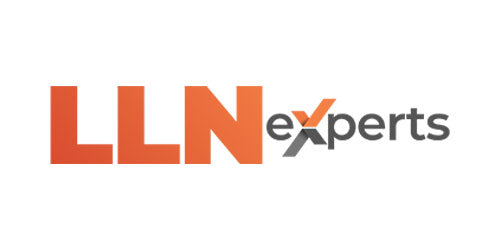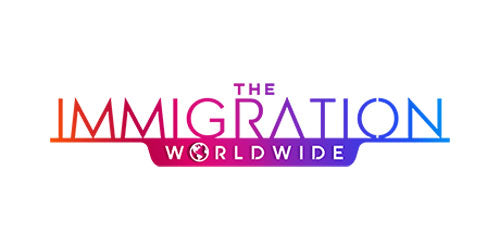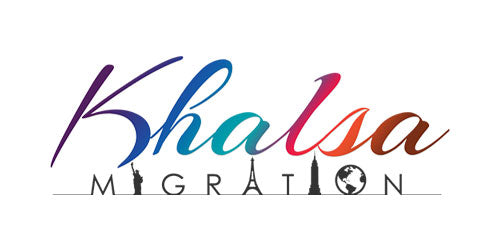In this first instalment of the series, we delve into the frequently asked questions about the updated Standards for Registered Training Organisations (RTOs) 2025, providing clarity and insights that will enhance your understanding and implementation of these pivotal changes. The revised Standards are designed to streamline and elevate the quality of vocational education and training (VET) delivery, emphasising outcomes, compliance, and credentialing in a more structured and goal-driven approach. This article explores the three essential components of the revised Standards, offering a comprehensive guide to how they shape and reinforce quality training in RTOs.
The Three Core Elements of the Revised Standards
The revised Standards for Registered Training Organisations (RTOs) 2025 have been developed with a clear purpose: to facilitate effective, transparent, and outcome-focused training delivery. These new Standards reflect industry needs, align with evolving educational demands, and strengthen the quality assurance mechanisms in place for VET. Below, we explore the three critical pillars that form the foundation of these updated Standards.
1. Outcome Standards: Defining Excellence in Training Delivery
At the heart of the revised Standards are the Outcome Standards, which clearly define the expectations for RTOs in the areas of training quality, student support, and workforce management. These standards set the bar for the types of results that RTOs should achieve, focusing on high-quality training that is responsive to industry and community needs.
The Outcome Standards encompass several key components:
- Training Quality: RTOs are expected to deliver programs that not only meet the technical requirements of the qualification but also provide a meaningful learning experience. This includes the relevance of training content, the appropriateness of learning methods, and the practical application of skills.
- Student Support: This element ensures that RTOs are equipped to provide adequate support services to VET students, from the onboarding process to ongoing educational and career guidance. RTOs must cater to the diverse needs of students, ensuring that their training experience is both accessible and enriching.
- VET Workforce Management: The Standards also establish expectations for the management and development of the VET workforce, including trainers and assessors. This includes ensuring that staff are well-trained, have industry experience, and continue to engage in professional development.
- Governance and Continuous Improvement: These standards require that RTOs maintain robust governance structures and commit to ongoing quality improvement practices. This ensures that RTOs remain adaptable and continuously enhance the quality of their services.
Ultimately, the Outcome Standards are aimed at creating a VET system that is not only high-quality but also agile and responsive to the needs of employers, industries, and communities.
2. Compliance Requirements: Upholding the Integrity of the VET System
The Compliance Requirements are the backbone of regulatory adherence for RTOs. This document is critical in outlining the legal and ethical obligations that RTOs must fulfil to operate within the national training framework. Compliance ensures that training providers remain accountable and transparent, protecting the reputation and integrity of the VET system.
The Compliance Requirements address several key areas:
- Information Management: RTOs must manage student information and training records in a secure, accurate, and accessible manner. This is not only essential for operational efficiency but also for meeting the regulatory requirements associated with student data reporting.
- Marketing and Advertising: The compliance component covers strict guidelines around the marketing of VET services, ensuring that RTOs provide honest, clear, and non-misleading information about their programs and qualifications.
- Integrity of Nationally Recognised Training Products: RTOs must ensure that all training and assessment products align with the requirements of the national framework. This includes upholding the validity and integrity of qualifications issued.
- Accountability Measures: There are stringent requirements to ensure that RTOs remain accountable for their actions, including adhering to reporting obligations, audits, and performance reviews. Compliance with these measures ensures that RTOs operate transparently and stay committed to high standards.
The primary purpose of the Compliance Requirements is to safeguard the quality and credibility of the VET system, ensuring that RTOs operate ethically and in line with the expectations of the regulatory authorities.
3. Credential Policy: Ensuring Qualified and Competent Trainers
The Credential Policy focuses on the qualifications and credentials of the individuals responsible for delivering and assessing VET programs. This policy is crucial in maintaining the integrity of training delivery, as it ensures that trainers and assessors possess the necessary qualifications, industry experience, and expertise.
Key aspects of the Credential Policy include:
- Trainer and Assessor Qualifications: The policy outlines the specific qualifications required for individuals involved in training and assessment roles. This ensures that trainers have both the educational background and practical industry experience needed to effectively deliver vocational training.
- Supervision Arrangements: For individuals in training roles who may be under supervision (such as those undergoing credentialing), the policy outlines the conditions and arrangements for supervision. This ensures that trainees or less experienced staff are appropriately guided while maintaining the quality of the training delivered.
- Validation of Assessments: The policy highlights the importance of assessment validation to ensure that assessments are consistent, fair, and aligned with industry standards. This process verifies that the qualifications awarded to students accurately reflect their knowledge and skills.
By setting clear expectations for the qualifications and ongoing development of trainers and assessors, the Credential Policy ensures that the VET system remains a trusted and respected pathway for education and workforce preparation.
1. Outcome Standards Policy
Q1: What is the purpose of the Outcome Standards for Registered Training Organisations (RTOs)?
A1: The Outcome Standards aim to strengthen the quality of vocational education and training (VET) by ensuring RTOs provide high-quality training, assessment, and student support. The standards also ensure that training remains relevant to industry needs and fosters inclusive learning environments.
Q2: How do RTOs ensure the quality of training and assessment?
A2: RTOs must structure training to support student progress, ensure that delivery methods align with industry standards, and regularly engage with the industry to keep training relevant. Assessments must be fit-for-purpose, consistent, and provide valid, fair, and flexible judgments of competency. All assessments must comply with AQF levels, adhere to training package requirements, and align with the principles of assessment and rules of evidence.
Q3: What support is available to VET students through these standards?
A3: VET students have access to clear and accurate information, training support services, and reasonable adjustments for those with disabilities. They can also provide feedback and appeal decisions through established complaints and appeals processes. Prior to enrolling in a training program, students must be given information about the support available to them and their rights as students.
Q4: How are trainers and assessors regulated under these standards?
A4: Trainers and assessors must be credentialed, maintain current industry skills, and participate in ongoing professional development in the vocational education and training sector, especially in competency-based training and assessment processes. Validation processes ensure that assessment judgements are accurate and consistent.
Q5: How do the Outcome Standards address recognition of prior learning (RPL)?
A5: The RTO must support students in seeking recognition of prior learning based on their previous skills, learning, and experience. Decisions on RPL must be fair, transparent, and maintain the integrity of the training product. All assessments must comply with AQF levels, adhere to training package requirements, and align with the principles of assessment and rules of evidence.
Q6: How does the policy ensure facilities, equipment, and resources meet standards?
A6: RTOs must ensure that facilities, resources, and equipment are safe, accessible, and fit for purpose. If training involves work placements or community-based learning, strategies must be in place to manage associated risks. As a best practice, a comprehensive list of facilities, equipment, and resources should be prepared and documented within the training and assessment strategies.
Q7: How do the Outcome Standards address diversity and inclusion?
A7: RTOs are required to foster a safe, inclusive, and culturally appropriate learning environment for all students, including creating a culturally safe space for First Nations learners.
Q8: How do the Outcome Standards handle continuous improvement in VET delivery?
A8: RTOs must systematically monitor and evaluate their performance, gathering feedback from students, staff, and industry stakeholders to drive continuous improvement in their training and assessment practices.
Q9: How does the policy ensure the VET workforce is managed effectively?
A9: RTOs are required to have an appropriate number of qualified trainers, assessors, and staff to deliver services. They must also support staff in accessing continuing professional development.
Q10: What is required to demonstrate industry engagement in training?
A10: RTOs must demonstrate how they engage with relevant industry, employers, and community representatives. This feedback shapes training strategies and ensures industry relevance. Develop a clear, documented process for industry consultation to keep training aligned with industry standards and maintain compliance with RTO requirements. Create an engagement plan detailing consultation activities for each training area, ensuring consistent strategies and meaningful feedback from all stakeholders. Show that industry stakeholders were consulted and their feedback incorporated into training and assessment practices, equipment, facilities, and resources, as well as the currency of trainers and assessors, ensuring relevance and compliance with evolving needs. Use outcomes from industry engagement to regularly update training resources, keeping them in line with current practices and standards.
Q11: How is fairness in assessment ensured according to the standards?
A11: Fairness is ensured by considering individual student needs and providing appropriate adjustments. Reassessment options are also made available if necessary.
Q12: What types of support services must RTOs provide to students?
A12: RTOs must provide training support services, such as access to trainers and assessors, timely responses to student queries, and well-being and learning support services to address student needs. The majority of student services are tailored to meet the needs of your learners.
Q13: What adjustments must be made for students with disabilities?
A13: Reasonable adjustments must be made to support students with disabilities in accessing and participating in training. If adjustments are not possible, RTOs must explain the reasons to the student. RTO must not enrol a student in a course that is not suitable and appropriate to them and their needs.
Q14: How is cultural safety for First Nations students promoted?
A14: The standards emphasise the need for RTOs to foster a culturally safe learning environment for First Nations students, promoting inclusivity and respect for diverse backgrounds.
Q15: What role does continuous improvement play in VET governance?
A15: RTOs must implement continuous improvement mechanisms, collecting feedback from various stakeholders and using this data to improve training delivery, assessment, and student outcomes.
Q16: How does the policy address student feedback and complaints?
A16: The policy requires RTOs to have systems in place to collect and address student feedback and complaints, ensuring these processes are transparent, fair, and lead to continuous improvement.
Q17: What are the key components of valid assessments under this policy?
A17: Valid assessments are based on evidence that assures assessors the student has acquired the skills and knowledge required by the training product. Assessments must also meet AQF guidelines, principles of assessment, and rules of evidence.
Q18: How often must assessments be validated?
A18: RTOs are required to validate assessments at least every five years, ensuring assessment practices produce valid judgements and align with training product standards.
Q19: What information must RTOs provide to students prior to enrolment?
A19: RTOs must provide information about the training product, including codes, delivery modes, fees, and any prerequisites. This ensures students can make informed decisions before enrolment.
Q20: What role does work-integrated learning play in VET training?
A20: Where required by the training product, work-integrated learning must be structured to ensure students gain the necessary skills and knowledge in real-world environments.
Q21: How are leadership and accountability defined in RTO governance?
A21: RTO leadership must ensure decisions align with compliance and quality standards. Governing persons are responsible for creating a culture of integrity, fairness, and transparency.
Q22: What steps must RTOs take to manage risks?
A22: RTOs must identify, manage, and regularly review risks to students, staff, and the organisation. This includes managing financial risks and ensuring child safety for students under 18.
Q23: How does the policy support recognition of prior learning (RPL)?
A23: RTOs must offer students the opportunity to apply for RPL, using a fair and consistent process to assess prior learning, skills, and experience.
Q24: What are the requirements for credit transfers?
A24: Credit transfers must be based on verification prior to the completion of equivalent training products. RTOs must document and offer clear policies for students seeking credit transfers.
Q25: How do RTOs ensure the safety of facilities and equipment?
A25: RTOs must provide safe, accessible, and fit-for-purpose facilities and equipment. They must regularly review and manage risks associated with these resources, especially in work placements.
Q26: What documentation must be maintained by RTOs for compliance?
A26: RTOs must document and retain information on training outcomes, assessments, industry engagement, and continuous improvement efforts to demonstrate compliance with the standards.
Q27: What is required for the assessment of student competencies?
A27: Assessments must be conducted based on the principles of validity, reliability, fairness, and flexibility, ensuring judgements of student competency are accurate and evidence-based.
Q28: How does the policy address the ongoing professional development of trainers?
A28: Trainers and assessors must participate in professional development activities to maintain their industry relevance, improve their skills, and ensure quality training delivery.
2. Compliance Requirements Policy
Q1: What are the key information management requirements for RTOs?
A1: RTOs must securely retain student information, including completed assessment items, and protect personal information in compliance with privacy laws.
Q2: How must RTOs handle marketing and advertising?
A2: Marketing materials must accurately represent services, include relevant details such as RTO and course codes, and not guarantee outcomes that are outside the control of the RTO, such as employment. All marketing materials should undergo a thorough review prior to publication to guarantee accuracy and compliance.
Q3: What are the requirements for AQF certification documentation?
A3: AQF certification documentation must only be issued to students who have met the requirements of the training product. It must include specific details such as the RTO code, the qualification title, and any necessary logos and must be issued within 30 days of assessment completion.
Q4: What are the rules regarding third-party arrangements for RTOs?
A4: RTOs must formalise third-party agreements through written contracts, ensuring all third-party services comply with regulatory standards. This includes cooperation with audits and the proper use of logos.
Q5: What are the annual declaration and notification requirements for RTOs?
A5: RTOs must submit an annual declaration of compliance to the VET regulator, ensuring that they are meeting the VET Quality Framework. They are also required to notify the regulator of any material changes to their operations within ten (10) business days.
Q6: How does the policy ensure public liability insurance compliance?
A6: The RTO must maintain public liability insurance that covers the scope of its operations throughout the registration period. This is essential to protect students and staff during the delivery of services.
Q7: What prepaid fee protection measures are required?
A7: RTOs that collect fees above a threshold must implement fee protection measures, such as holding a bank guarantee, membership in a Tuition Assurance Scheme, or other VET regulator-approved methods, to ensure students receive refunds or placement in equivalent courses if services are not delivered.
Q8: What are the conditions for using the Nationally Recognised Training (NRT) logo?
A8: The NRT logo can only be used in association with nationally recognised training listed on the National Register. It must not be used in misleading ways, such as implying it applies to unregistered training products or services.
Q9: How long must RTOs retain student assessment records?
A9: RTOs must securely retain student assessment records for at least two (2) years after a student completes a training product.
Q10: What requirements must be followed when using the NRT logo?
A10: The NRT logo can only be used for nationally recognised training within the RTO’s registration scope and must adhere to specific guidelines for its display and reproduction.
Q11: What information must be included in marketing materials?
A11: Marketing materials must include the RTO’s registration code, the code and title of the training product, and details about any third-party arrangements. It must clearly distinguish between recognised training and other services.
Q12: How does the policy address transitions of training products?
A12: RTOs must ensure that students are transitioned into updated training products within set timeframes and no new enrolments are accepted into superseded qualifications after one year.
Q13: What must be included in AQF certification documentation?
A13: Certifications should include the RTO name, logo, qualification code, and authorised signatory, as well as any necessary industry or occupational streams, security features, or a unique code. This guarantees clarity and authenticity.
Q14: How does the policy ensure accountability in third-party agreements?
A14: Third-party agreements must be formalised in writing, specifying obligations, quality assurance mechanisms, and compliance requirements. The RTO must notify regulators of these agreements.
Q15: How must RTOs comply with fee protection measures?
A15: RTOs must implement fee protection mechanisms, such as bank guarantees or tuition assurance schemes, to ensure students can receive refunds or alternative placements if services cannot be delivered.
Q16: What are the notification requirements for material changes?
A16: RTOs must notify the VET regulator within 10 business days of any material changes to their operations, such as changes in ownership, key personnel, or service delivery.
Q17: What public liability insurance requirements exist for RTOs?
A17: RTOs are required to hold public liability insurance that covers the entire scope of their operations for the duration of their registration.
Q18: How is compliance with Commonwealth, State, and Territory laws ensured?
A18: RTOs must comply with all relevant legal and regulatory requirements, including laws related to privacy, safety, and education, to maintain their registration.
Q19: What is the role of the annual declaration on compliance?
A19: RTOs must submit an annual declaration to the VET regulator, confirming their compliance with the VET Quality Framework. This serves as an important accountability measure.
Q20: How does the policy address the transition of students into new qualifications?
A20: RTOs must ensure that students enrolled in a superseded qualification either complete it in a timely manner or are transitioned into the updated version within a reasonable timeframe.
Q21: What steps must be taken when an RTO is unable to deliver training due to unforeseen circumstances?
A21: If an RTO is unable to provide services, it must offer students a refund or transfer them to an equivalent course at no additional cost.
Q22: How are breaches of compliance by an RTO addressed?
A22: RTOs that breach conditions of registration may face sanctions, including suspension or cancellation of registration. The regulator may also impose corrective actions.
Q23: What actions must RTOs take if there is a change in management or key personnel?
A23: RTOs must notify the VET regulator if there is a change in the name or contact details of a person who exercises control over the management or direction of the RTO.
Q24: How does the policy handle false or misleading information?
A24: RTOs must not provide false or misleading information to students, regulators, or any other relevant authorities. Breaches may result in serious penalties, including loss of registration.
Q25: What requirements must be met for the secure retention of student identifiers?
A25: RTOs must verify and securely retain student identifiers before issuing AQF certification documentation, ensuring compliance with the Student Identifiers Act.
Q26: How does the policy define a fit and proper person in relation to RTO management?
A26: A fit and proper person is defined as someone who has not been convicted of serious offences, has not had prior regulatory actions taken against them, and has a good management history.
Q27: What happens if an RTO’s public liability insurance lapses?
A27: If an RTO’s public liability insurance lapses, they are at risk of non-compliance, which can result in sanctions from the VET regulator.
Q28: How can RTOs use the NRT logo in promotional materials?
A28: The NRT logo can be used in promotional materials to signify nationally recognised training but must not be applied to non-recognised courses or other services.
3. Credential Policy
Q1: What credentials are required for trainers and assessors?
A1: Trainers and assessors must hold specific qualifications, such as Certificate IV in Training and Assessment or higher-level qualifications in vocational education and training. They can only deliver training or make assessment judgements if they meet these requirements.
Q2: Can someone work as a trainer or assessor while working towards a credential?
A2: Individuals can deliver training while working towards a credential, provided they are under the direction of a fully qualified trainer or assessor. However, they are not permitted to make independent assessment judgements.
Q3: What are the credentials required for validating assessments?
A3: To validate assessments for most training products, at least one person involved in the validation must hold a Certificate IV in Training and Assessment or equivalent. For qualifications from the TAE Training Package, the validator must hold a credential at least equivalent to the level being assessed.
Q4: What are the requirements for delivering training under direction?
A4: Trainers working under direction must hold relevant skill sets or teaching qualifications, and they must not make assessment judgments independently. The directing trainer is responsible for ensuring quality assurance and oversight.
Q5: What are the credential requirements for trainers delivering TAE Training Package products?
A5: Trainers delivering TAE training products must hold a qualification equivalent to or higher than the level of the product they are delivering, such as a Diploma of Vocational Education and Training or a similar credential.
Q6: Can someone deliver TAE training while working under direction?
A6: Individuals can deliver TAE training under the direction of a fully qualified trainer if they hold a relevant credential, such as Certificate IV in Training and Assessment, but they cannot make assessment judgments independently.
Q7: What is the role of a person providing direction to trainers and assessors?
A7: A trainer providing direction is responsible for overseeing and ensuring the quality of training and assessment. They must hold appropriate credentials, such as a Certificate IV in Training and Assessment or a higher qualification, to offer guidance and quality assurance.
Q8: What are the requirements for assessing students' competencies in the validation process?
A8: To assess students in the validation process, at least one validator must hold the relevant qualification or skill set at the same or higher level as the product being validated. This ensures the assessment judgments are valid and in line with the training product.
Q9: What credentials are required to provide direction in TAE training?
A9: To provide direction in TAE training, a trainer must hold a Diploma of Vocational Education and Training or a higher-level qualification in adult education.
Q10: Can a person with a secondary teaching qualification deliver VET training?
A10: A person with a secondary teaching qualification can deliver VET training, provided they hold a relevant skill set or credential and work under direction.
Q11: What credentials are required for trainers working under direction?
A11: Trainers working under direction must hold relevant skill sets like the TAESS00020 Workplace Trainer Skill Set, and they must not make assessment judgments independently.
Q12: What is the process for working towards a training and assessment credential?
A12: To work towards a credential, the individual must be enrolled in a relevant course (e.g., Certificate IV in Training and Assessment), make satisfactory progress, and complete it within two years.
Q13: How does the policy handle assessment-only roles?
A13: Individuals conducting assessment-only roles must hold a Certificate IV in Training and Assessment or a relevant skill set such as the TAESS00019 Assessor Skill Set.
Q14: What credentials are required for validation of assessments?
A14: To validate assessments, at least one person must hold a credential equivalent to the qualification being assessed, such as Certificate IV in Training and Assessment.
Q15: What oversight is required for trainers without full credentials?
A15: Trainers without full credentials must work under the direction of a qualified trainer or assessor who provides oversight and quality assurance for their work.
Q16: How can a secondary teaching qualification be relevant to VET training?
A16: A secondary teaching qualification can be relevant to VET training if the individual holds additional VET-specific credentials, such as the Assessor Skill Set.
Q17: What credentials are necessary for delivering higher-level VET qualifications?
A17: To deliver higher-level VET qualifications, such as Diplomas, the trainer must hold a Diploma or higher-level qualification in vocational education and training.
Q18: Can a person without a training and assessment credential deliver training independently?
A18: No, individuals without a relevant credential must work under the direction of a credentialed trainer and cannot deliver training or assessment independently.
Q19: How must RTOs ensure that training provided under direction is of high quality?
A19: RTOs must have systems in place to monitor and provide oversight for training delivered under direction, ensuring the quality is consistent with the Outcome Standards.
Q20: What are the credential requirements for delivering TAE40122 Certificate IV in Training and Assessment?
A20: To deliver the TAE40122 Certificate IV in Training and Assessment, the trainer must hold a Diploma of Vocational Education and Training or higher or a similar qualification.
Q21: What is the difference between delivering training and making assessment judgments?
A21: Delivering training involves teaching students while making assessment judgments involves evaluating whether a student has met the required competencies. Different credentials are required for each role.
Q22: What are the responsibilities of trainers providing direction in VET?
A22: Trainers providing direction must oversee, guide, and ensure the quality of training delivered by individuals working under direction, especially for assessments.
Q23: How can a trainer maintain their credentials over time?
A23: Trainers must engage in professional development activities to maintain their credentials and stay up-to-date with industry practices.
Q24: What credentials are required for validating assessments for non-TAE qualifications?
A24: For non-TAE qualifications, at least one person validating the assessments must hold a Certificate IV in Training and Assessment or a similar qualification.
Q25: Can trainers use industry experts to deliver VET training?
A25: Yes, industry experts can support trainers, but they must work under the direction of a qualified trainer and cannot make independent assessment judgments.
Q26: What oversight must be provided for experts engaged in VET training?
A26: Experts must work alongside credentialed trainers and assessors who provide oversight to ensure the quality of training and assessments.
Q27: What is the role of professional development in maintaining training credentials?
A27: Ongoing professional development ensures that trainers maintain current industry skills and knowledge, supporting high-quality VET delivery.
Q28: How does the policy address trainers who have outdated credentials?
A28: Trainers with outdated credentials must either upgrade their qualifications or work under the direction of someone with a current credential to continue delivering training.


